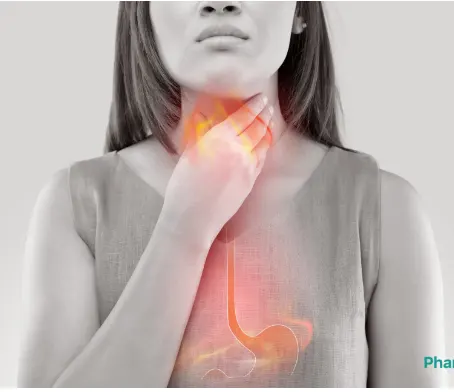Gastroesophageal reflux disease (GERD) is a common condition in which the stomach contents move up into the esophagus. Reflux becomes a disease when it causes frequent or severe symptoms or injury. Reflux may damage the esophagus, pharynx or respiratory tract.
The main symptom of GERD is heartburn, often described as a fiery feeling in one’s chest, and regurgitating sour or bitter liquid to the throat or mouth. The combination of heartburn and regurgitation is such a common characteristic of GERD that formal testing may be unnecessary.
A diagnosis of GERD starts with a thorough physical examination, during which you describe your symptoms and medical history. If the typical symptoms of reflux disease are present, including heartburn and regurgitation, your doctor may begin treatment without performing specific diagnostic tests.
Upper endoscopy allows your doctor to examine the lining of your esophagus, stomach and first part of the small intestine. It is the best test for evaluating reflux-induced esophageal injury and diagnosing esophagitis and Barrett’s esophagus. It can also help diagnose an esophageal stricture (narrowing).
Although only 10 percent to 20 percent of people with reflux will have abnormal findings during an endoscopy, the procedure is necessary to evaluate the potential for complications. Your doctor also will want to rule out other, more serious conditions that mimic GERD.
Wireless pH testing allows your doctor to evaluate your reflux activity over a 48-hour period while you continue your normal activities.
Wireless pH testing allows your doctor to evaluate your reflux activity over a 48-hour period while you continue your normal activities.
Esophageal manometry — or esophageal motility (movement) studies — cannot diagnose GERD, but doctors use it to rule out other conditions that mimic GERD. This is especially important if your doctor is considering an anti-reflux surgery.
Gastroesophageal reflux disease (GERD) may result in esophageal or extraesophageal complications. These complications may result from direct inflammation due to the refluxate or as a consequence of the reparative process (eg, peptic stricture and Barrett’s metaplasia).









